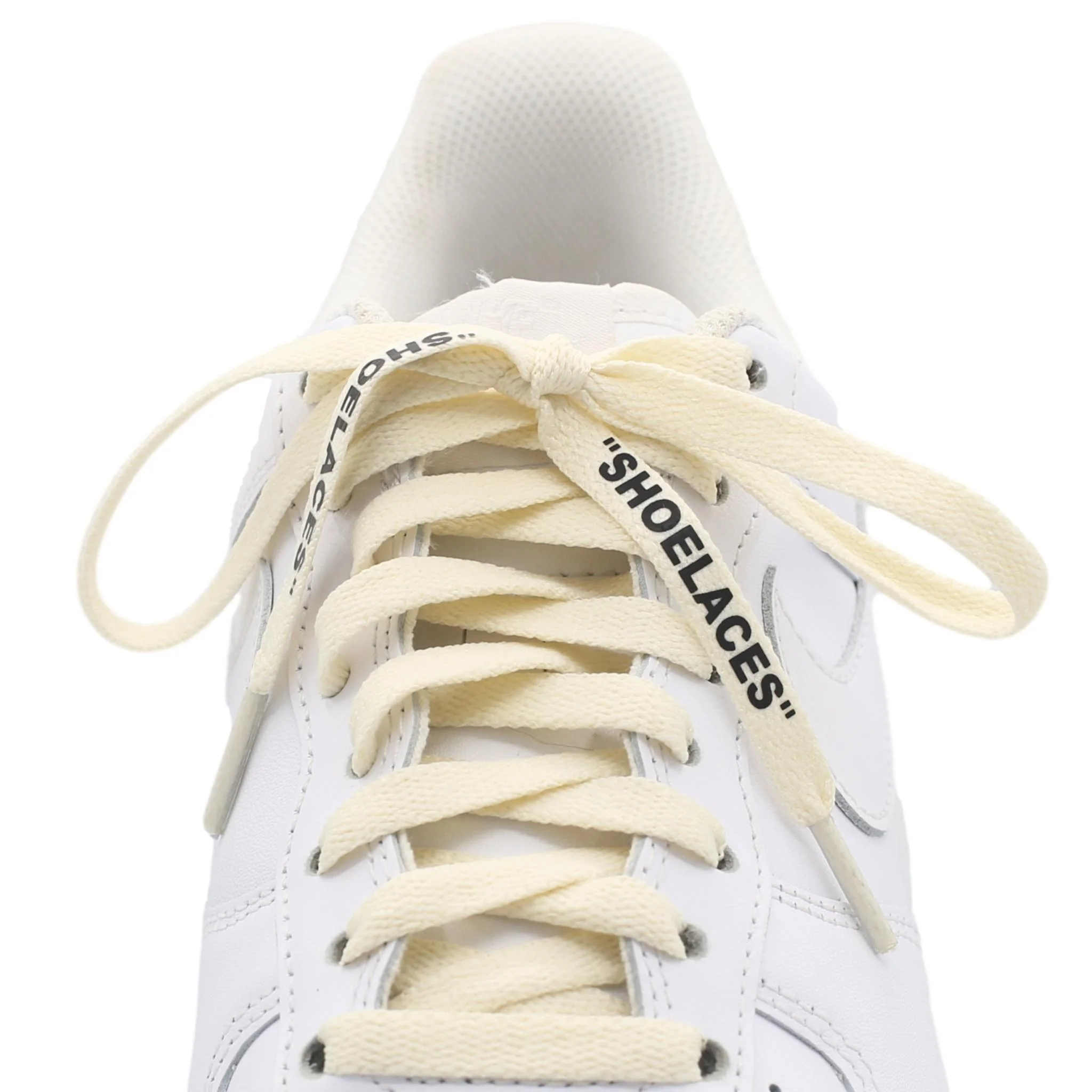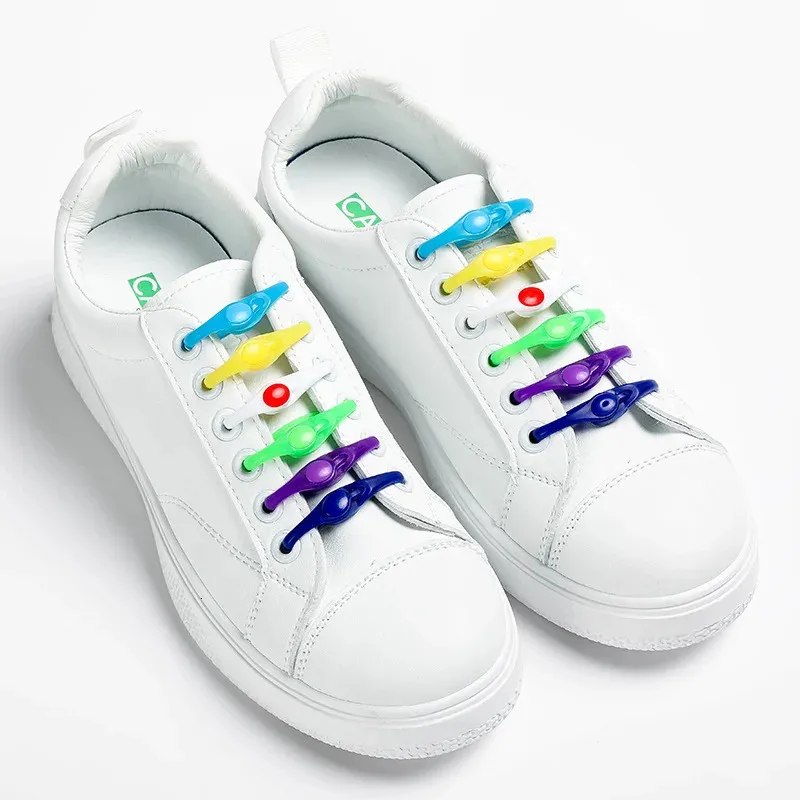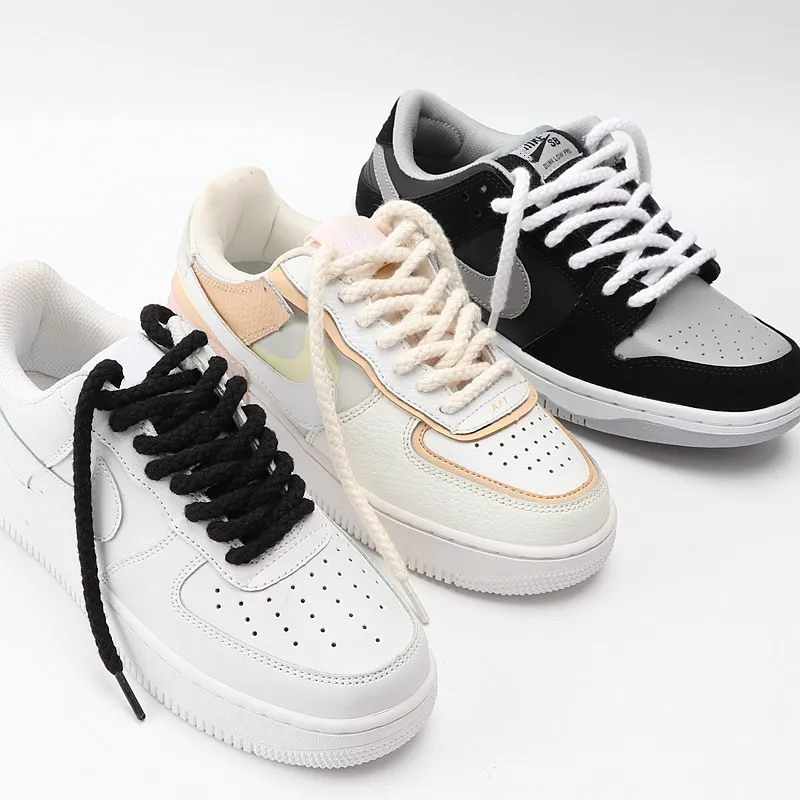Introduction
Sneakers have been a wardrobe staple for decades, and one of the most important components of sneakers are the shoelaces. Shoelaces not only hold your sneakers in place, but they also add a pop of color and personality to your footwear. With so many different types of shoelaces available, it can be overwhelming to choose the right pair for your sneakers. In this ultimate guide, we will take a deep dive into the world of shoelaces for sneakers, exploring the different types, styles, and how to properly lace your sneakers for both function and fashion.
Part 1: Understanding Different Types of Shoelaces
Level 1 – Flat Shoelaces
Flat shoelaces are the most common type of shoelaces used in sneakers. They are typically made from cotton, polyester, or nylon and have a flat, wide shape. Flat shoelaces are versatile and come in a wide range of colors and patterns, making them easy to customize and style with different sneakers.
Level 2 – Round Shoelaces
Round shoelaces are another popular option for sneakers. As the name suggests, round shoelaces have a cylindrical shape and are often made from materials like nylon or waxed cotton. These shoelaces are known for their durability and are often used in athletic or outdoor sneakers.
Part 2: Exploring Different Styles of Shoelaces
Level 1 – Print and Patterned Shoelaces
Print and patterned shoelaces add a fun and unique touch to your sneakers. From camouflage prints to stripes and polka dots, there are countless options to choose from. Patterned shoelaces are a great way to make a statement with your footwear and show off your personal style.
Level 2 – Elastic and No-Tie Shoelaces
For those looking for a convenient and hassle-free option, elastic and no-tie shoelaces are a game-changer. These laces stretch and adjust to your foot’s movement, making them ideal for athletes or anyone who wants to slip on their sneakers without the hassle of tying knots.
Part 3: Properly Lacing Your Sneakers
Level 1 – Straight Bar Lacing
Straight bar lacing is a classic and simple lacing technique that provides a clean and streamlined look. It’s great for sneakers with an even number of eyelets and works well with both flat and round shoelaces.
Level 2 – Crisscross Lacing
Crisscross lacing is the most common lacing technique and works well with most sneakers. It provides a secure fit and evenly distributes pressure across the foot, making it a comfortable option for everyday wear.
Part 4: How to Choose the Right Shoelaces for Your Sneakers
Level 1 – Consider the Material
When choosing shoelaces for your sneakers, it’s important to consider the material. Cotton and polyester shoelaces are ideal for casual sneakers, while nylon or waxed cotton shoelaces are more suitable for athletic or outdoor footwear.
Level 2 – Length and Width
The length and width of the shoelaces will also play a role in how they look and feel on your sneakers. Make sure to measure your current shoelaces or consult the sneaker manufacturer’s recommendations to ensure you choose the right size for your footwear.
Part 5: Maintaining and Customizing Your Shoelaces
Level 1 – Cleaning and Maintenance
To keep your shoelaces looking fresh, it’s important to clean them regularly. For cotton or polyester shoelaces, you can simply hand wash them with mild detergent and air dry. Nylon or waxed shoelaces can be wiped clean with a damp cloth.
Level 2 – Customization and Personalization
Customizing your shoelaces is a fun and creative way to give your sneakers a unique look. From adding charms and beads to tying decorative knots, the possibilities are endless when it comes to personalizing your shoelaces.
Part 6: The Evolution of Shoelaces
Shoelaces have come a long way from their humble beginnings. Originally made from leather, today’s shoelaces are crafted from a variety of materials including cotton, polyester, and even kevlar. The evolution of shoelaces has also seen the development of new closure systems such as elastic laces and toggle fasteners, providing added convenience and comfort for sneaker wearers.
The growing popularity of sneakers in the fashion world has also led to the creation of unique and stylish shoelaces. From bright neon colors to trendy patterns and designs, shoelaces have become an essential accessory for sneaker enthusiasts looking to customize and personalize their footwear. Additionally, reflective and glow-in-the-dark shoelaces have become popular for those seeking added visibility and safety during nighttime activities.
Part 7: Proper Shoelace Maintenance
To ensure your sneakers look and perform their best, proper shoelace maintenance is key. Regularly cleaning your shoelaces can help prevent dirt and grime buildup, ultimately extending their lifespan. For cotton and polyester shoelaces, soaking them in warm water with mild detergent and gently scrubbing with a soft-bristled brush can effectively remove stains and odor. Air drying your shoelaces is recommended to avoid damaging the material.
For leather shoelaces, it is best to use a specialized leather cleaner to maintain their quality. Along with cleaning, regularly inspecting your shoelaces for fraying or wear and tear is essential. When shoelaces become worn out, replacing them with new ones can ensure the longevity of your favorite sneakers.
Part 8: Innovative Shoelace Technology
The world of shoelaces continues to evolve with the integration of innovative technology. “No-tie” shoelaces, also known as elastic laces or lock laces, have gained popularity for their convenience and ease of use. These laces feature a stretchy elastic material and a locking mechanism, allowing wearers to easily slip on and off their sneakers without having to tie and untie laces.
Additionally, some shoelaces are now designed with reflective and glow-in-the-dark materials for enhanced visibility and safety. This is especially beneficial for runners and outdoor enthusiasts who are active during low-light conditions. Advances in shoelace technology are continually shaping the way we wear and experience sneakers, providing both practicality and style for footwear enthusiasts.
Part 9: How to Choose the Right Shoelaces for Your Sneakers
When it comes to choosing the right shoelaces for your sneakers, it’s important to consider the material and texture of the laces. There are different options available, each with its own set of benefits and drawbacks.
Cotton shoelaces are a popular choice for sneakers due to their soft and comfortable feel. They are also widely available in a variety of colors and patterns, making it easy to customize your sneakers to match your personal style. However, cotton laces can be prone to fraying and may not hold up well to repeated wear and tear.
Polyester shoelaces are a durable and long-lasting option for sneakers. They are resistant to stretching and fraying, making them a great choice for athletic shoes that will be subject to a lot of movement. Polyester laces also come in a wide range of colors and patterns, allowing for plenty of customization options.
Waxed shoelaces are coated with a thin layer of wax, giving them a shiny and sleek appearance. The wax coating also makes them water-resistant, making them a great choice for sneakers that will be worn in wet or rainy conditions. However, the wax coating can wear off over time, causing the laces to lose their water-resistant properties.
Elastic shoelaces are a convenient option for sneakers, especially for those who have trouble tying traditional laces. Elastic laces are stretchy and allow for easy slip-on and slip-off access to your sneakers. They are also great for athletes who need a secure fit without having to constantly retie their laces.
Conclusion
Shoelaces may seem like a small detail, but they can make a big impact on the overall look and feel of your sneakers. Whether you’re looking for a durable and functional option or want to add a pop of color and personality to your footwear, there are shoelaces out there to suit every style and need. By understanding the different types, styles, and how to properly lace and maintain your shoelaces, you can elevate your sneaker game and take your footwear to the next level.



